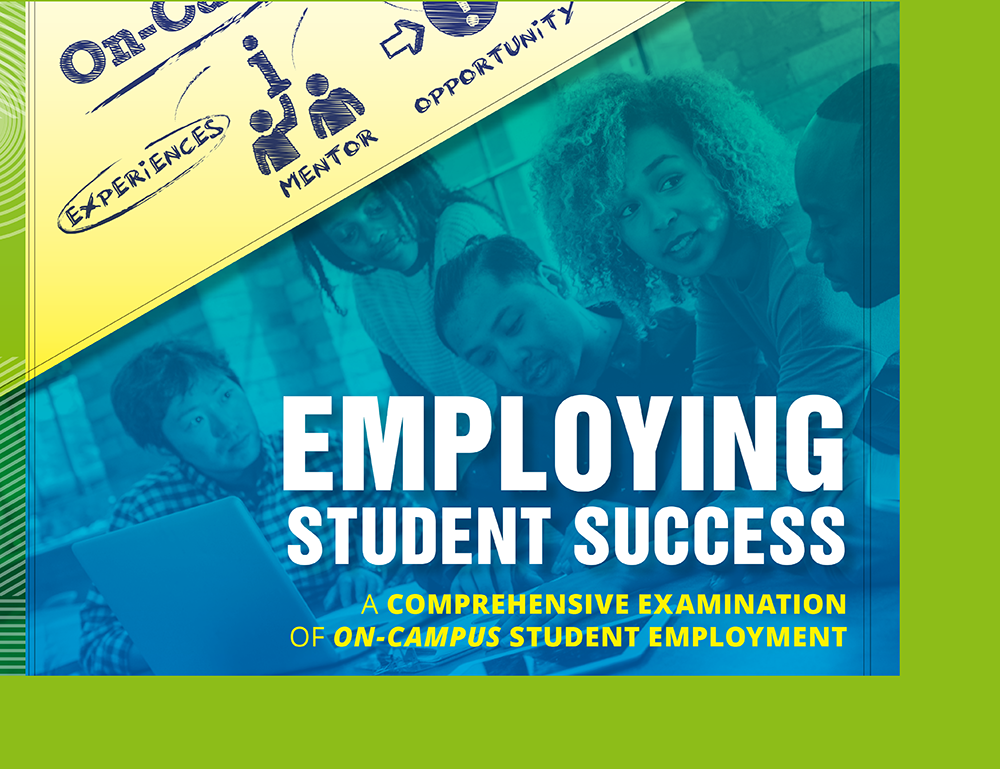
Student Employment National Research Study
Financial Wellness Career and Workforce Development Socioeconomic and Class Issues in Higher Education Student Career Development Student Leadership Programs AVP or "Number Two" VP for Student Affairs
March 12, 2019
Why on-campus student employment?
Rising tuition costs, family obligations, resume-building, and handling the curveballs life can throw, are just a few reasons why working while in school is a must for many students. An average of 70 to 80 percent of full- or part-time students are employed either on- or off-campus. This prevalence of student employment has sparked interest among both practitioners and policymakers to explore and ultimately leverage the role of student employment, on-campus employment specifically, on student success.
If operationalized effectively, on-campus employment can provide students with a greater financial security, while also improving learning, career-readiness, and persistence outcomes. Recognizing these benefits, many institutions have advanced the use federal work-study and institutional-funded campus-based employment programs as a high-priority research area that can positively impact today's students.
